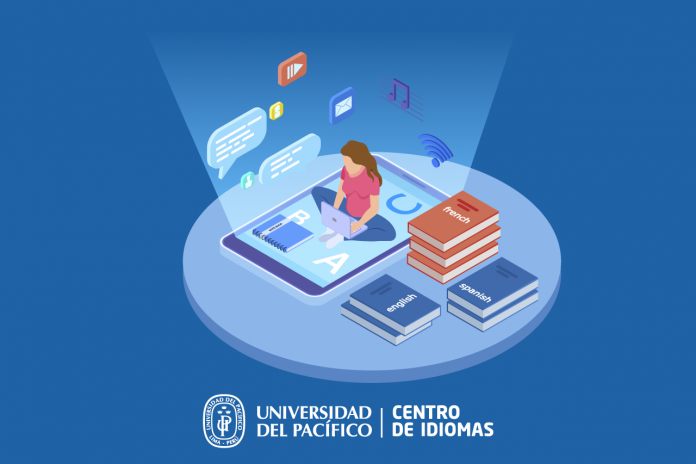So far, much has been said about online teaching: this is an ongoing process and we are still on the move. Teaching online does not mean to replicate the model we used to have; it is simply not possible. We have probably found ways to engage students, promote self-study, do research, work in groups in class and outside class and suitable assessment techniques.
When it comes to teaching adults, there are ways to protect teacher’s privacy and the student’s as well: we are not compelled to turn on the camera unless a specific topic or activity demands it. In this unexpected twist of our routines, not everyone is lucky enough to have a proper space to get their lessons, not to mention that all family members have different schedules, habits and even learning styles. We are tolerant with some distractions and oversights such as forgetting to turn off the microphone when silence is expected. This may even result in an unexpected touch of humour in the lessons.
When it comes to teaching children, the story is completely different. We live and learn. Suddenly we become aware that despite needing eye-contact to keep engaged, each student is showing part of their personal, family space to all their classmates, even to the ones they did not use to be that close with. Another item to consider is the role of the parents and siblings: some of them are very supportive but, on the other hand, others may put unnecessary strains on their kids.

Below some D0’s and DON’Ts for TEACHERS in this new environment:
DO engage your students in the topic you are presenting. Arise curiosity.
DO use your voice to create expectation.
DO combine different techniques in a class.
DO keep researching and finding new uses for the available tools.
DO NOT be predictable. Surprise your student. A detail may mean a lot and is worth the effort.
DO NOT pretend to transfer the face-to-face dynamics to the online class. It will not work.
And a piece of advice for PARENTS:
DO promote the autonomy in your children’s learning process. Trust their ideas and encourage them to try something different when things are not going the way they used to go at school.
DO work together on the best way to adjust: organize a schedule, give them some space for relaxation, me time and sharing with friends.
DO show interest for what they are doing: ask about their classes, what they liked most of the sessions of the day or week, what was most helpful, what was the hardest, and such.
DO NOT stay next to them dictating the answers they do not get at first: give them some time to reflect on the task.
DO NOT shout at them if they seem distracted or are not participating actively in class. There must be a reason why they cannot focus.
We are together in this uncharted territory. Our success is everybody’s success. We should measure it from another perspective.
What about you? What DO’s and DON’Ts have you implemented in your classes?
And, as a parent yourself?
References











I totally agree with the fact that you can’t transfer the face-to-face dynamics to the online class, during these hard times, we all should be looking for ways to keep online learning fun and interesting. Not being able to see your students’ faces when they are learning makes it not possible to check if they are acftually paying attention, so teachers have to be constantly interacting with them so the students don’t withdraw their attention from the class.
Teaching and learning online demand different skills, Valeria. Knowing it makes the transition easier.
Thank you for sharing your viewpoint. Regards.
The do`s and dont`s of online learning are quit understandable . I believe that teachers , students and parents should go the same way when it comes to learning . I know that it is different working with children and adults but the advice given is clear for both ages.
We all should do our best regarding this new normal. To be informed is a good start.
Keep following us!
Great post! Teaching on line is not a recreation of a face to face session. It has its own preparation, development and moments.
In my experience , a “do” is to activate constantly and a “don’t” is to have poor lesson planning.
Comments are closed.